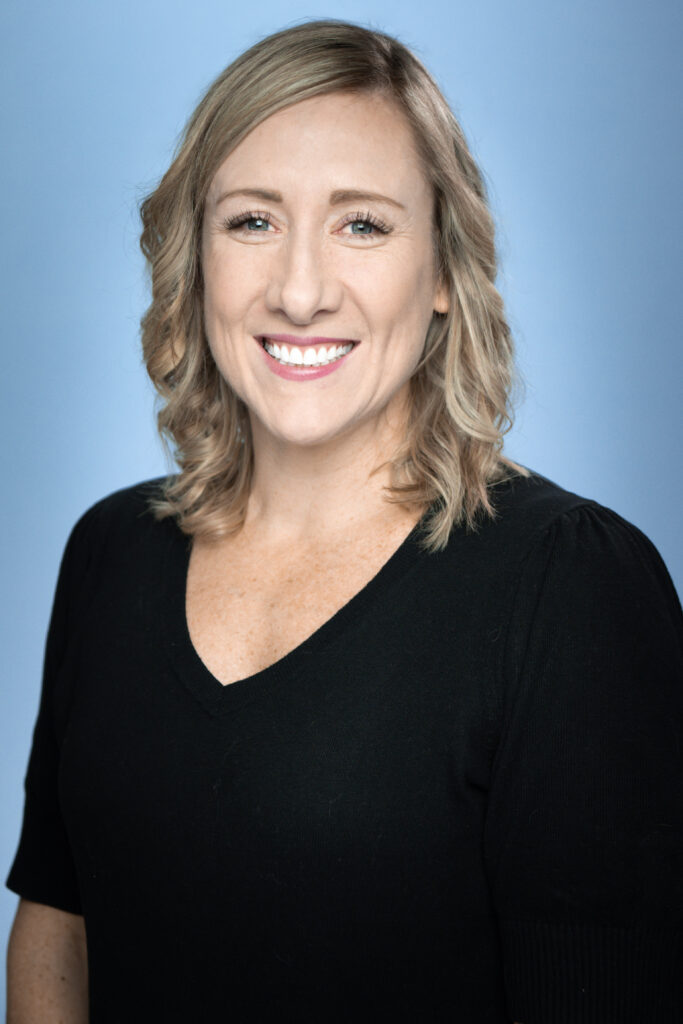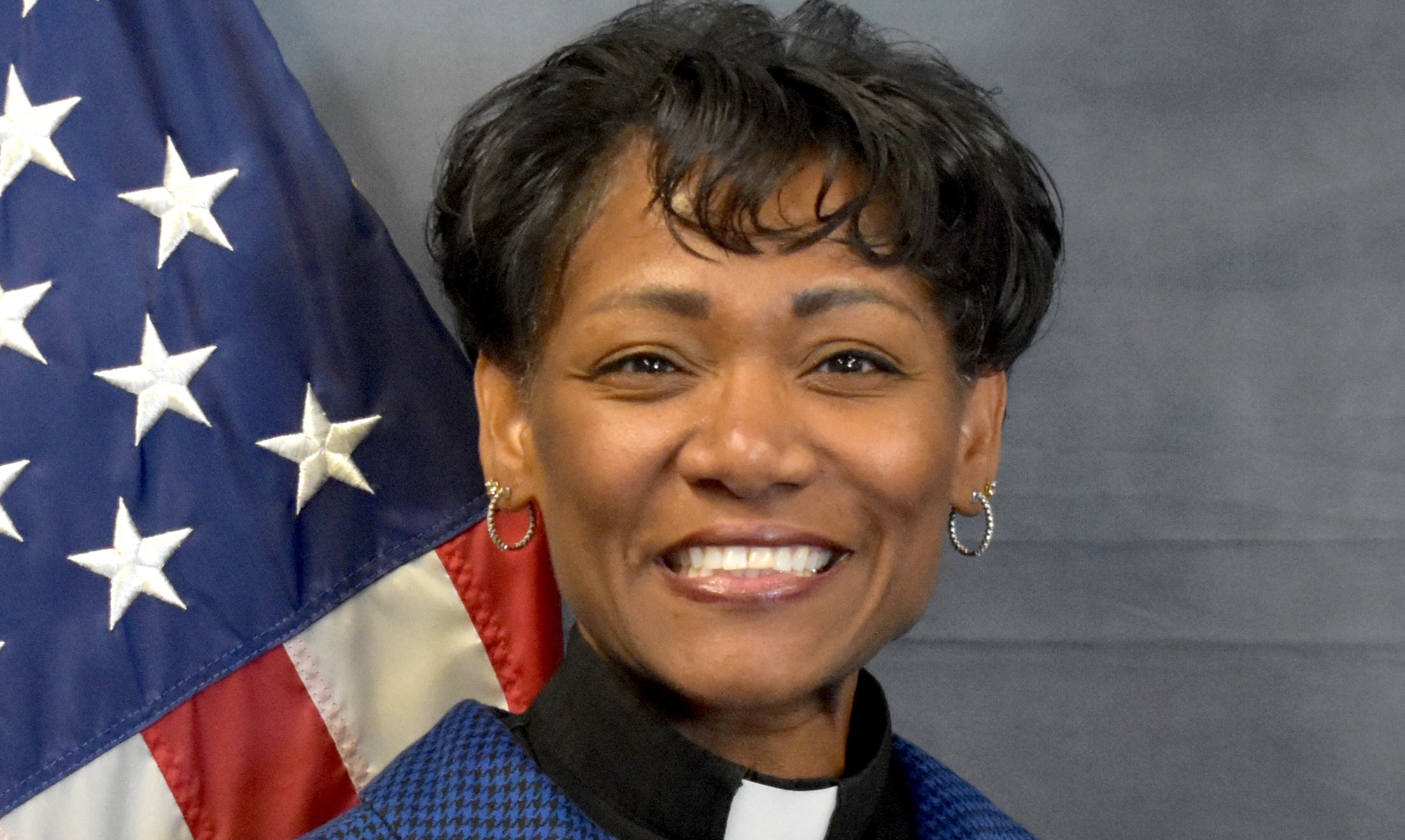But help is available to lift young lives
NORTH PROVIDENCE – Nineteen-year-old Ty DaSilva first experienced depression as a middle school student.
“I had started dating this girl and unfortunately, it was a very rough breakup,” he said. “I’ve always been a sensitive and big-hearted person, so anytime that I would get hurt back then I would take it very seriously. I just really didn’t know how to handle it.”
A creative person, DaSilva managed to chase the darkness with socializing, his involvement in theater, and his guitar-playing and songwriting.
“I love acting, I love performing, all that stuff,” he told Ocean State Stories. “Time went on and I started doing much better.”
Then came the pandemic, when schools closed, in March 2020. DaSilva was a sophomore at North Providence High School.
“When COVID hit, my classmates and I were excited. We were like, ‘yeah a week off from school!’ Then that week turned into two weeks and then three weeks and then several months. I’d loved being social with my friends in school — we were really a great group of friends at the time – but we kind of drifted apart because we didn’t see each other every day.”
Education eventually resumed by means of remote leaning. And that’s when DaSilva became depressed again.
“I began having trouble getting out of bed in the morning, just really not wanting to wake up and log on to my classes,” he said. “I had always been an A and B student and my grades were dropping to Cs. I just didn’t feel the same anymore. I felt like things were more of a chore and I just wanted to kind of waste away in bed.”
He began to have thoughts of suicide.
“It was hard bringing it up to my parents because I didn’t want to worry them,” DaSilva recalled. “But it got to the point where I had just come up with a plan and when I did, I had to let my parents know.”
They arranged for him to be admitted to Lifespan’s Bradley Hospital.
DaSilva’s experience is one that has been shared by many students in Rhode Island and across the nation. Locally, pandemic-related mental-health issues affecting teenagers prompted Hasbro Children’s and Bradley Hospitals, the Rhode Island chapter of The American Academy of Pediatrics, and the Rhode Island Council of Child and Adolescent Psychiatry to declare an emergency in April 2022.
“As a child and adolescent psychiatrist working with teens, it is clear that the stress and disruptions caused by COVID have pushed many of the patients I see to the point of experiencing mental health crises,” Dr. Michael Wolfe, president of the Rhode Island Council of Child and Adolescent Psychiatry, wrote in the declaration.
“Unfortunately, at the very time this is occurring many of our state’s outpatient community providers are underfunded and are losing staff to higher paying jobs in other sectors. This means our youth are not receiving the community-based care they need, leading to more mental health emergencies. This emergency declaration is a call to action to better invest in Rhode Island’s network of community and school-based mental health providers.”
The same month, the American Academy of Pediatrics, the American Academy of Child and Adolescent Psychiatry, and the Children’s Hospital Association declared what they called a “national emergency” in child and adolescent mental health, stating:
“In the United States, before the pandemic, the prevalence of mental health disorders among youth was high. Over the course of the pandemic, the rates have soared even higher. Data from the 2021 Adolescent Behaviors and Experiences Survey indicate that 37.1% of U.S. high school students reported poor mental health during the COVID-19 pandemic, with 19.9% considering and 9.0% attempting suicide in the preceding year.”
(The results of the latest Adolescent Behaviors and Experiences Survey, conducted last year, have not been released yet.)
In Rhode Island, the statistics align with the national trends cited by the academies and hospital association. According to the Rhode Island Department of Health’s latest Youth Risk Behavior Survey, conducted in 2021, 25% of the state’s teenagers reported feeling “sad or hopeless for two or more weeks a row in the past year.” That percentage rose to 32% in 2019, before the pandemic, and to 37% in 2021, the second year of COVID in Rhode Island.
Also in line with the national situation, “female students, gay/lesbian/bisexual high school students, and students with long-term health problems of physical/emotional/learning disabilities were more likely to report feelings of sadness/hopelessness,” according to the survey.
Many Rhode Island students in 2021 experienced suicidal thoughts, the Youth Risk Behavior Survey found: specifically “23% of middle schoolers have every seriously considered suicide” and “17% of high school students seriously considered suicide within the last year.”
Pandemic-related isolation and restrictions are not the only factors driving what the Biden Administration last year decreed “an unprecedented youth mental health crisis.” In a press briefing, the White House stated that “more than half of parents express concern over their children’s mental well-being, and there is now undeniable evidence that social media and other online platforms have contributed to our youth mental health crisis.”
In a hearing in Washington on Jan. 31, U.S. senators rebuked Meta CEO Mark Zuckerberg, X CEO Linda Yaccarino, Snap CEO Evan Spiegel, Tik Tok CEO Shou Zi Chew and Discord chief Jason Citron, who appeared as Congress considers legislation to force the companies to take stronger steps to protect children. Parents of children who they said had been harmed or lost their lives to suicide as a result of social media exposure were present.
“Mr. Zuckerberg, you and the companies before us, I know you don’t mean it to be so, but you have blood on your hands,” Senator Lindsey Graham, a Republican, said. “You have a product that’s killing people.”
Zuckerberg’s Facebook and Instagram and the other social media sites, said Senate Majority Whip Dick Durbin, a Democrat, are “responsible for many of the dangers our children face online. Their design choices, their failures to adequately invest in trust and safety, their constant pursuit of engagement and profit over basic safety have all put our kids and grandkids at risk.”
Warning that “advances in artificial intelligence could make these harms far worse, especially if not developed and deployed responsibly,” the White House months before the Jan. 31 hearing convened a task force to address the youth mental health crisis. Led by the federal department of Health and Human Services, the task force includes senior representatives of the Departments of Education and Justice, the federal Trade Commission, the Centers for Disease Control and Prevention, the surgeon general and other branches of government.
After his sophomore-year admission to Bradley Hospital, which was followed by outpatient care, DaSilva said “I was doing really well for a while. And then another wave of COVID hit in my junior year and that led to another virtualization of classes again and I fell into that same spiral.”
DaSilva was admitted again to Bradley, where “I was devoted to just bettering myself and my mental health,” he recalled. “It was actually back at Bradley where I fell in love with music again. I had a really great music therapist over there. We could request songs and she would play them on her guitar and I thought that was awesome because it seemed like she knew every song in the book.”
Other interventions also combined to move DaSilva out of his depression, and he transitioned to outpatient care. “Something just switched in my brain,” he said. “I just found this new appreciation for life and living and since then I would give myself credit and say I’ve done fantastic and I’m really proud of myself.”

And thankful, he said, to his family, his close friends, his new girlfriend, and to the Bradley professionals who have helped him – a group that includes Dr. Michelle D. Parker, a Bradley psychiatrist.
Asked about the symptoms of teenage depression, Dr. Parker told Ocean State Stories that they are similar to symptoms of adult depression in many ways.
“That includes sleep dysregulation, whether that’s sleeping too much or having disrupted or not enough sleep,” she said. “It includes decreased interest in your preferred activities. And increased feelings of guilt or worthlessness or hopelessness. Changes in energy level, most typically decreased energy level, feeling more fatigued.
Also, she said, “decreases in concentration. Appetite changes that can go either way: you can be eating much more than usual or much less than usual. Just feeling kind of slower, feeling more stuck in the mud. And suicidal thoughts can come with depression.”
Irritability, Parker said, is another indicator.

“When teens are more snappy,” she said, “more agitated than their baseline — more agitated, a little more reactive — that is usually one of the most common presenting symptoms that something could be going on.
“Social isolation is another kind of warning sign because teens are naturally social creatures. They want to be with their friends. They want to be around their peers. So when they start pulling away and are being more isolated from their peers or even their family members, that’s a pretty big distinguishing factor.”
Interventions run the gamut, according to Parker.
“There are a lot of things that we can do,” she said. “When you think of depression, you think of medication or therapy, right? But that’s pretty black and white. For some kiddos, [help] can be catching it early and re-engaging them, doing some therapeutic techniques without having to be necessarily in individual therapy.”
That could mean “getting your sleep back on track or trying to push yourself to increase socialization, getting involved in the community, getting back to a structured schedule during the day. Those are some things you can do without necessarily a mental health professional.”
If depression continues, Parker said, individual or group therapy would be indicated. “Then, if needed, there’s medication as well… And then of course, there are some people that need treatment beyond that. If depression is severe enough and the outpatient setting just isn’t enough then there are higher levels of care like our partial programs here at Bradley and also throughout the state or inpatient if needed for acute safety concerns.”
Like Bradley, Care New England’s Butler Hospital offers inpatient, partial hospitalization, and outpatient treatment for teenagers experiencing depression and anxiety. Erin Ursillo, Butler’s Director of Young Adult and Adolescent Programs, spoke in depth about the factors behind what she called the greater “prevalence and uptick” in both conditions.
“Obviously, the pandemic impacted kids who were more higher-functioning, socializing and academically performing when the state shut down,” she said. Trying to “figure out the virtual [educational] environment created a lot of stress for these kids who were more outgoing. They were removed from their social activities. Any sort of sports and extracurriculars they weren’t able to do, so it was a new way of living.”

Another affected group, according to Ursillo, is “kids who were struggling with depression or anxiety before the pandemic. Obviously, further isolation certainly doesn’t help depression — but for anxiety, it created a different impact for that population. When you isolate, it naturally provides an avoidance environment. So kids that already weren’t comfortable getting out of the house and going to school were then having to isolate at home, which lessened exposure to being anxious and ‘putting yourself out there.’ ”
Such exposure, Ursillo said, is an important part of therapy. With the pandemic having eased and students back in class today, Ursillo said, “those kids are developmentally still at a place that they were because the world paused.” Having missed “some pretty significant milestones. what was [already] a mountain is now 10 times the size of that mountain” for them.
Ursillo agreed with what the federal government and U.S. senators have concluded: pandemic or not, social media can have a devastating impact on young people.
“Things like self-judgement, comparison to others, bullying — it allows that stuff to take place 24 hours a day.” She said. “Long ago, you went to school and you’d get to compare yourself to others. You [might] self- judge or perhaps you experienced bullying – but then you’d go home to the safety of your home.”
Today, Ty DaSilva is living a productive and fulfilling life. He is studying computer science and computer information systems at the Community College of Rhode Island and has just started an internship at a large company that can utilize those skills.
He has a part-time job and he is writing and performing again — and finding an enthusiastic response to his music, some of which explores his mental-health journey, he said.
“Especially at night I’ll just pick up my guitar and kind of play a riff and [upload to] TikTok or Instagram and I’ve gotten some good feedback from just random people across the country who are like ‘this is awesome!’ When I make a song that talks about what someone’s going through like what I went through it’s the best feeling in the world.”
Anyone in immediate danger should call 911.
Call 988 if you are having thoughts of suicide or in crisis. 988 is free, available 24/7, and confidential.
Other resources:
● BHLink: For confidential support and to get connected to care, call (401) 414-LINK (5465) or visit the BHLink 24-hour/7-day triage center at 975 Waterman Ave., East Providence. Website: bhlink.org
● The state Department of Behavioral Healthcare, Developmental Disabilities and Hospitals lists community mental health centers in Rhode Island: https://bhddh.ri.gov/mental-health/licensed-treatment-providers
● The Mental Health Association of Rhode Island, MHA RI, offers support, education, advocacy, and many other services. Call (401) 726-2285 (not a crisis line). On the web: https://mhari.org/
● The National Alliance on Mental Illness Rhode Island, NAMI RI, also offers support, education, advocacy, and many other services. Call (401) 331-3060 (not a crisis line). On the web: https://namirhodeisland.org/
● United Way of Rhode Island offers free and confidential assistance for a variety of needs. Call 211.
● Butler Hospital in Providence provides inpatient and outpatient treatment and care for adolescents and adults. To get direct help and guidance about mental health services, call the Behavioral Health Service Call Center, available 24/7 at (844) 401-0111 or visit them on the web at https://www.butler.org/
● Bradley Hospital in East Providence provides expert, family-focused care to children and adolescents with psychological, developmental and behavioral problems through a wide range of inpatient, outpatient, residential and partial hospital programs. https://www.lifespan.org/locations/bradley-hospital
● Lifespan’s Psychiatry and Behavioral Health services span and integrate the activities of Rhode Island Hospital, The Miriam Hospital, Bradley Hospital, Newport Hospital and Gateway Healthcare. For Lifespan outpatient psychiatry treatment, call East Greenwich: 401-606-4415; East Providence: 401-606-3711.
● Kids’ Link RI: A program offered in collaboration with Gateway Healthcare, Lifespan, Hasbro Children’s Hospital and Bradley Hospital, Kids’ Link RI is available 24 hours a day, seven days a week to help triage children and youth in need of mental health services and refer them to treatment providers. To contact Kids’ Link RI, call 1-855-543-5465. https://www.lifespan.org/centers-services/kids-link-ri
● Psychology Today has a searchable director of therapists and psychologist in Rhode Island: https://www.psychologytoday.com/us/therapists/rhode-island
● The office of the Mental Health Advocate provides free legal, advocacy and investigative services. Call (401) 462-2003.





